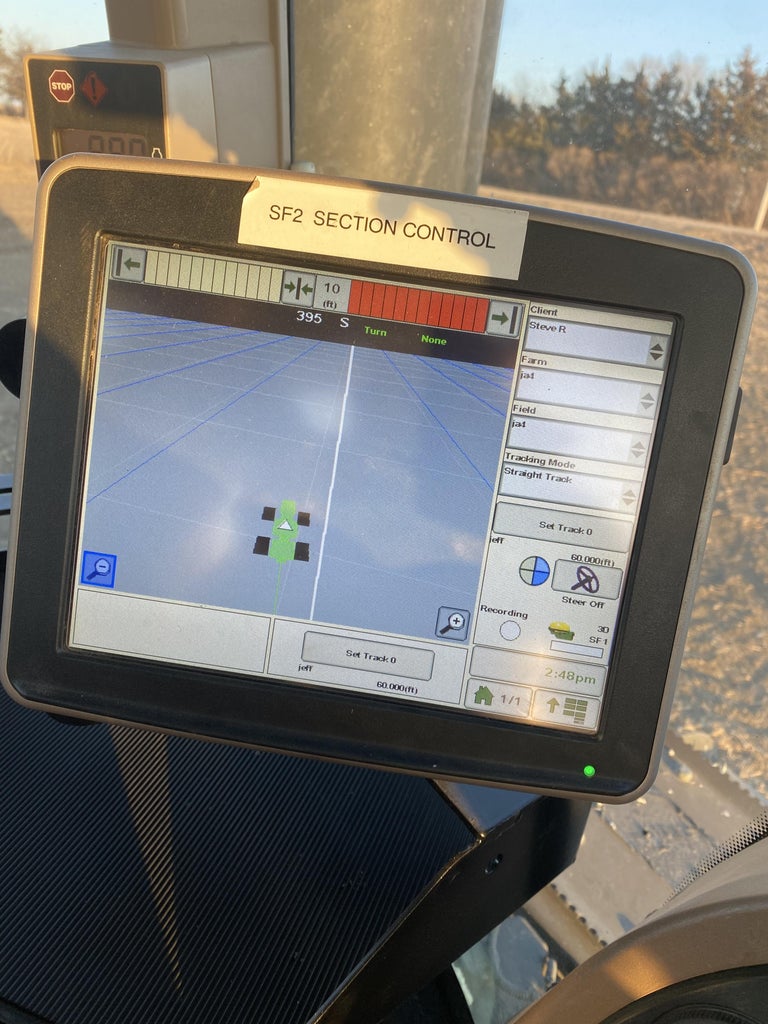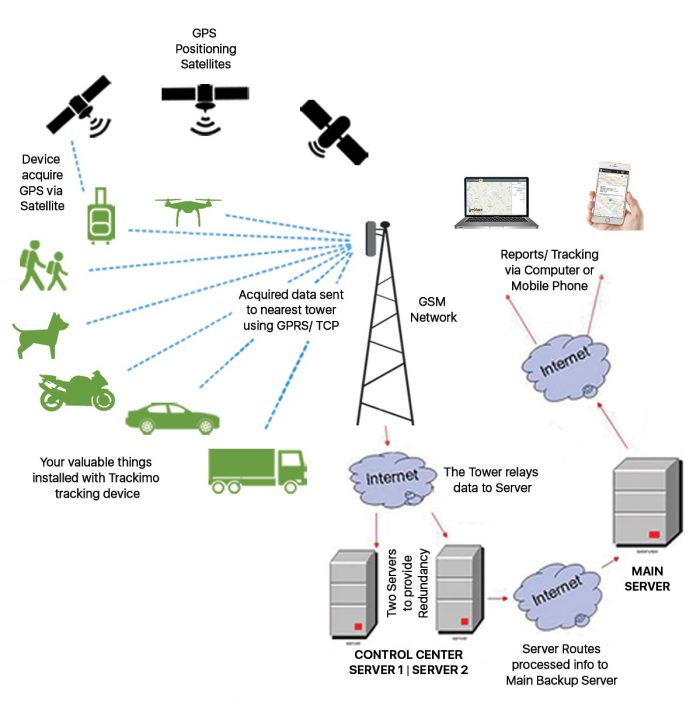So you’ve decided to invest in a GPS tracker. Smart move! Whether you’re looking to boost fleet management efficiency, keep tabs on a valuable asset, or simply ensure the safety of loved ones, a GPS tracker can provide invaluable peace of mind. But before you slap that tracker on and call it a day, let’s talk about some common mistakes that can render your device useless or, at best, significantly less effective. Avoiding these pitfalls will ensure you get the most out of your investment and reap the rewards of accurate, reliable tracking.
Choosing the Wrong GPS Tracker for Your Needs

The market is flooded with GPS trackers, each with its own unique features and capabilities. Choosing the right one depends heavily on your specific requirements. Are you tracking a small package, a vehicle, or a person? Do you need real-time updates, or is a less frequent reporting interval sufficient? Do you need features like geofencing (alerts when the tracked item leaves a designated area) or a long battery life? Failing to carefully consider these factors can lead to a frustrating experience with an underperforming or unsuitable device. For example, a tracker designed for a car might not be suitable for a small pet due to size and battery life constraints. Spend some time researching and comparing different models before making a purchase.
Improper Installation: The Silent Killer of GPS Tracking
![]()
A poorly installed GPS tracker is as good as useless. Many people make the mistake of simply sticking the tracker on the exterior of a vehicle or item. This can lead to signal interference, easy detection and removal, and even damage to the tracker itself from exposure to the elements. For optimal performance, consider the device’s specifications. Some trackers require a professional installation, especially those requiring integration with a vehicle’s electrical system for constant power supply. Always follow the manufacturer’s installation instructions meticulously. In some cases, discreet placement is key, ensuring that the tracker isn’t easily visible or accessible.
Ignoring Battery Life and Power Management
Battery life is a critical consideration, particularly with mobile trackers. Some trackers boast impressive battery life, lasting weeks or even months on a single charge, while others need frequent recharging or rely on external power sources. Understand the power consumption of your chosen tracker and plan accordingly. If using a battery-powered device, factor in factors like temperature extremes, which can significantly impact battery performance. For vehicles, ensure the tracker is correctly wired to the vehicle’s electrical system for continuous power. Failing to adequately address power management can result in a dead tracker and a loss of valuable tracking data.
Neglecting Cellular Signal and GPS Connectivity
A GPS tracker needs a clear signal to function properly. Obstructions like dense foliage, buildings, or even strong electromagnetic interference (EMI) from other devices can significantly weaken the signal, leading to inaccurate location data or complete signal loss. When selecting a location for your tracker, ensure it has a clear line of sight to the sky, preferably in a location with minimal obstructions. Furthermore, ensure your tracker has adequate cellular connectivity. Poor cellular reception can prevent the tracker from transmitting its location data, rendering it essentially useless. Check the cellular network coverage in your area before deployment.
Failing to Test and Calibrate the Tracker
Before relying on your GPS tracker for critical tasks, thoroughly test it to ensure it’s working correctly. This includes verifying its accuracy, checking battery life, and testing its reporting features. Many trackers allow for calibration adjustments, ensuring accurate location reporting. Don’t skip this crucial step; a seemingly minor error in calibration can lead to significant inaccuracies over time, making your data unreliable. Test it in various locations and conditions to ensure its consistent performance.
Insufficient Data Monitoring and Analysis

Simply installing a tracker isn’t enough; you need to actively monitor and analyze the data it collects. Most trackers come with software or apps that provide access to the tracking data, often displaying it on a map and allowing for reporting and analysis. Regularly check the tracker’s data to identify any inconsistencies or anomalies. This proactive monitoring will enable you to detect potential problems early on, such as a malfunctioning tracker or unauthorized access. Ignoring this important step can lead to missing critical information and potential security breaches.
Privacy and Legal Considerations

Before using a GPS tracker, ensure you understand the legal and ethical implications. In many jurisdictions, there are laws governing the use of GPS trackers, particularly when tracking individuals without their knowledge or consent. Always respect privacy rights and ensure that your use of the tracker complies with all applicable laws and regulations. Misuse of GPS trackers can have serious legal consequences.
Conclusion: Maximize Your GPS Tracker’s Potential
By understanding and avoiding these common mistakes, you can significantly improve the effectiveness and reliability of your GPS tracker. Remember, the right tracker, proper installation, and diligent monitoring are key to maximizing its potential. Take your time, do your research, and choose a solution that meets your specific needs. A properly implemented GPS tracker can be a powerful tool for enhancing safety, security, and efficiency.